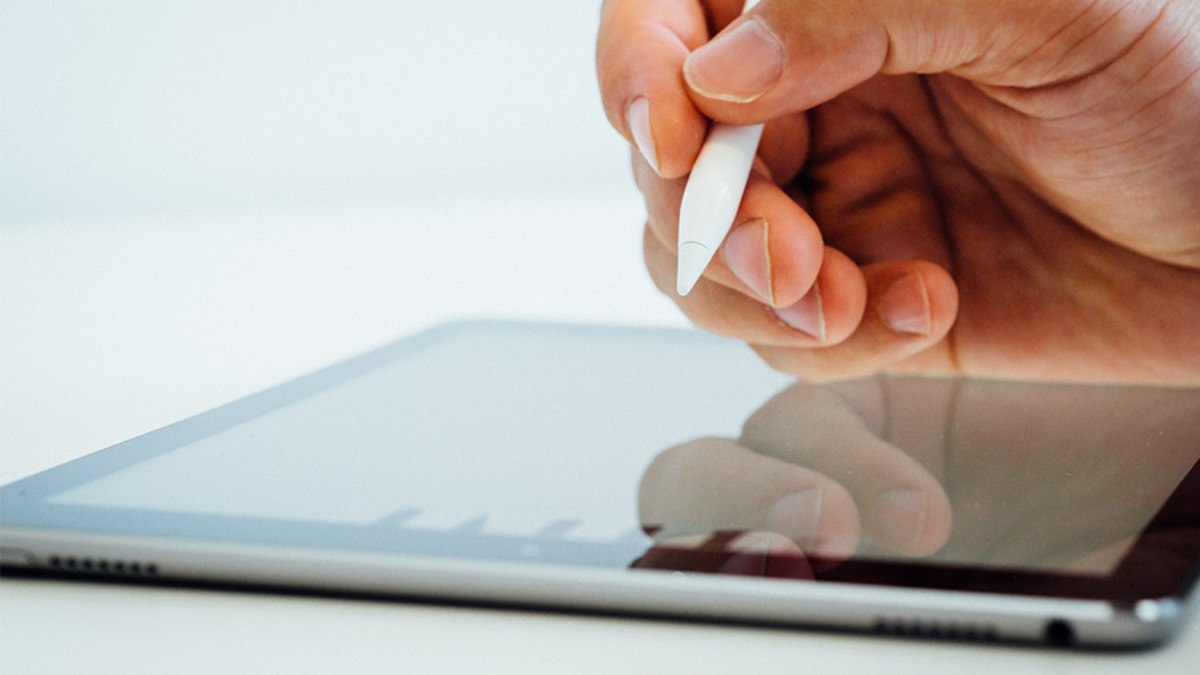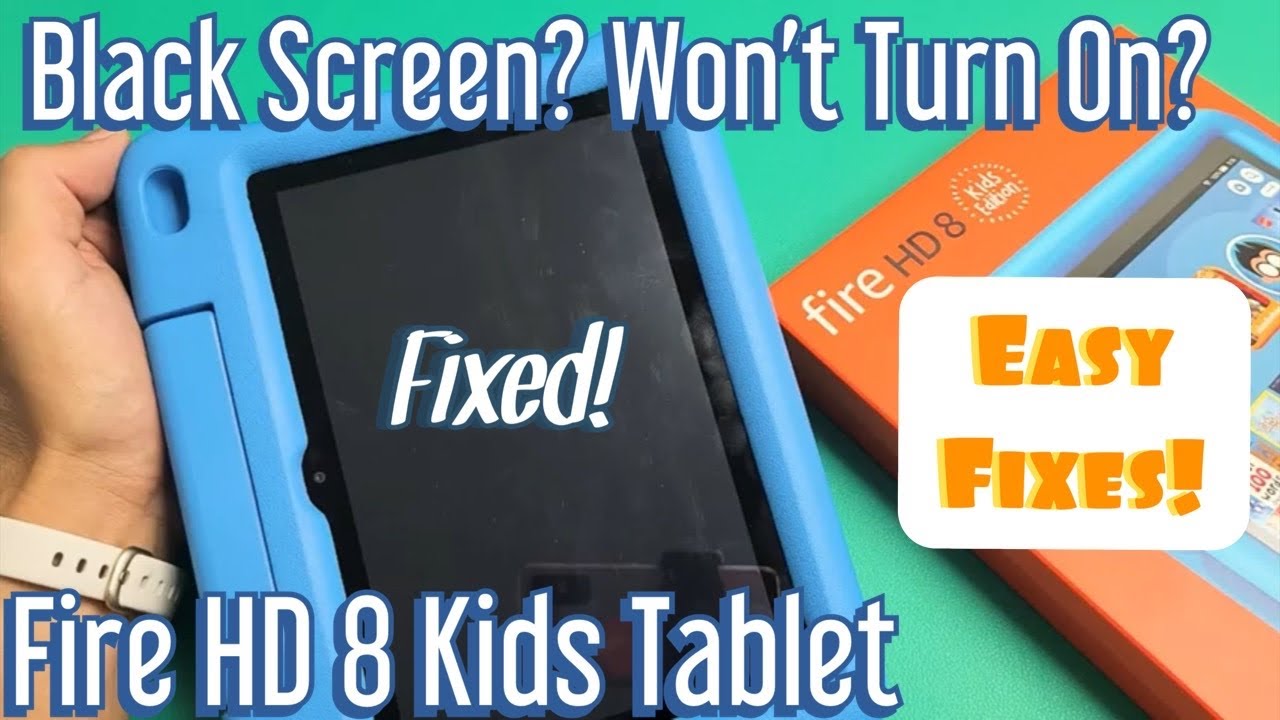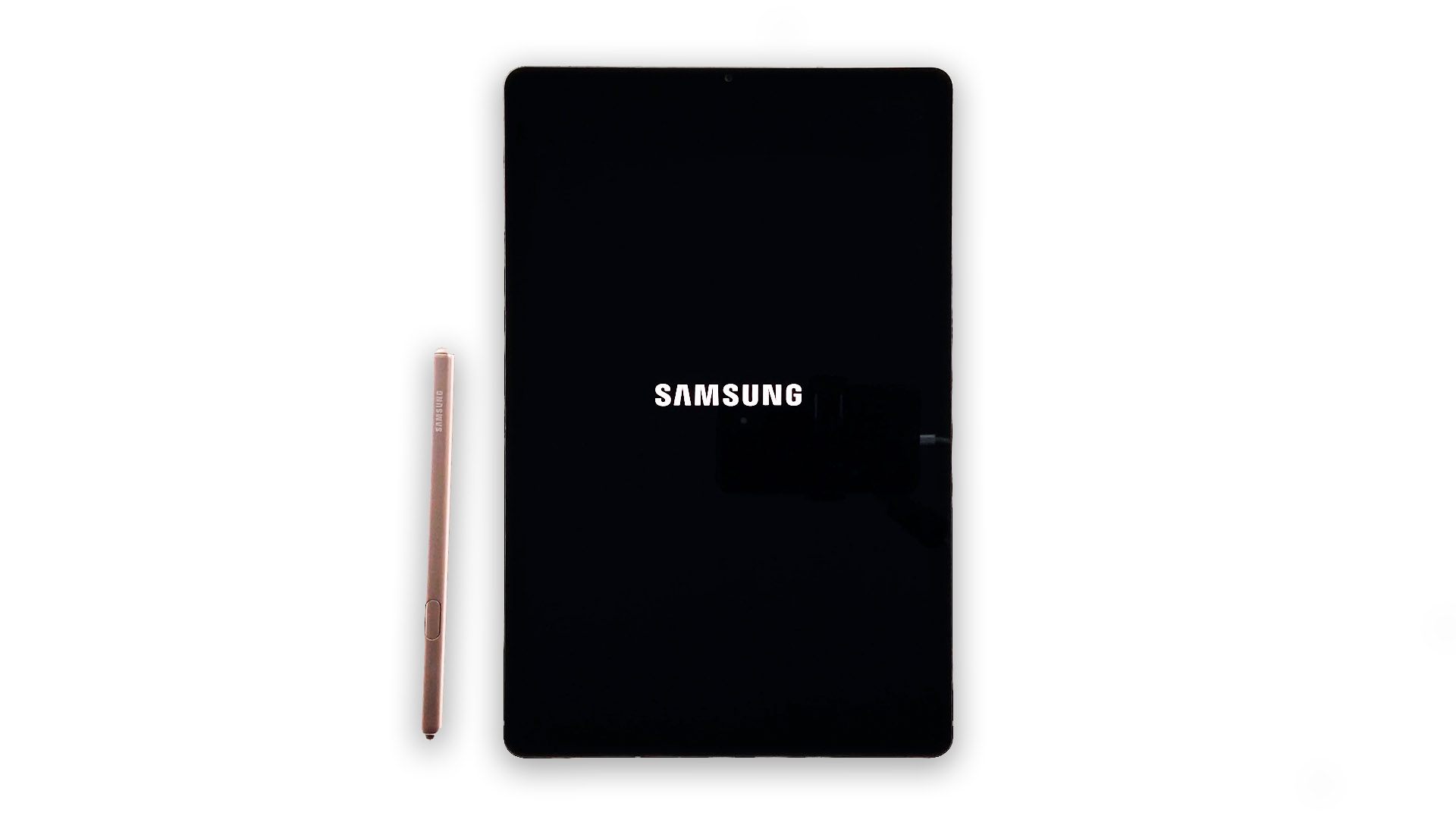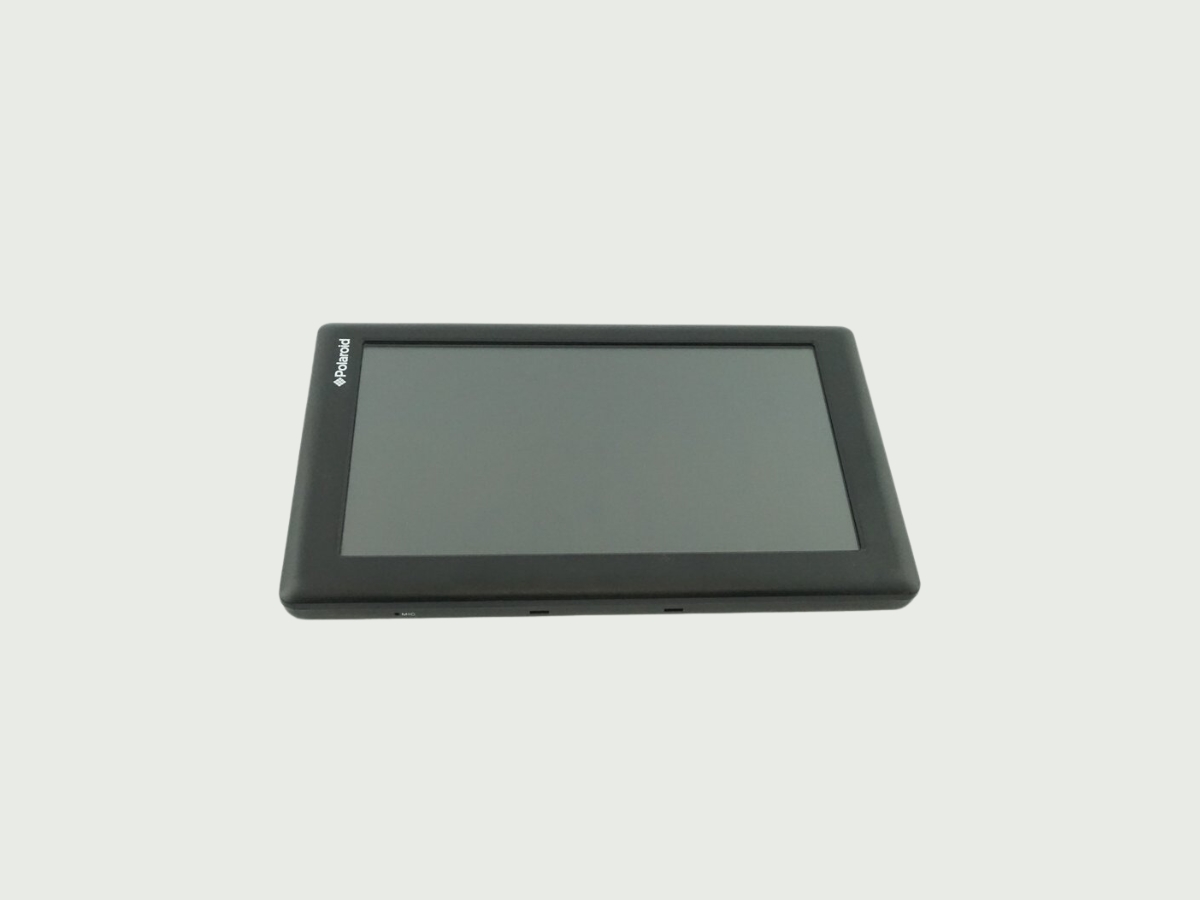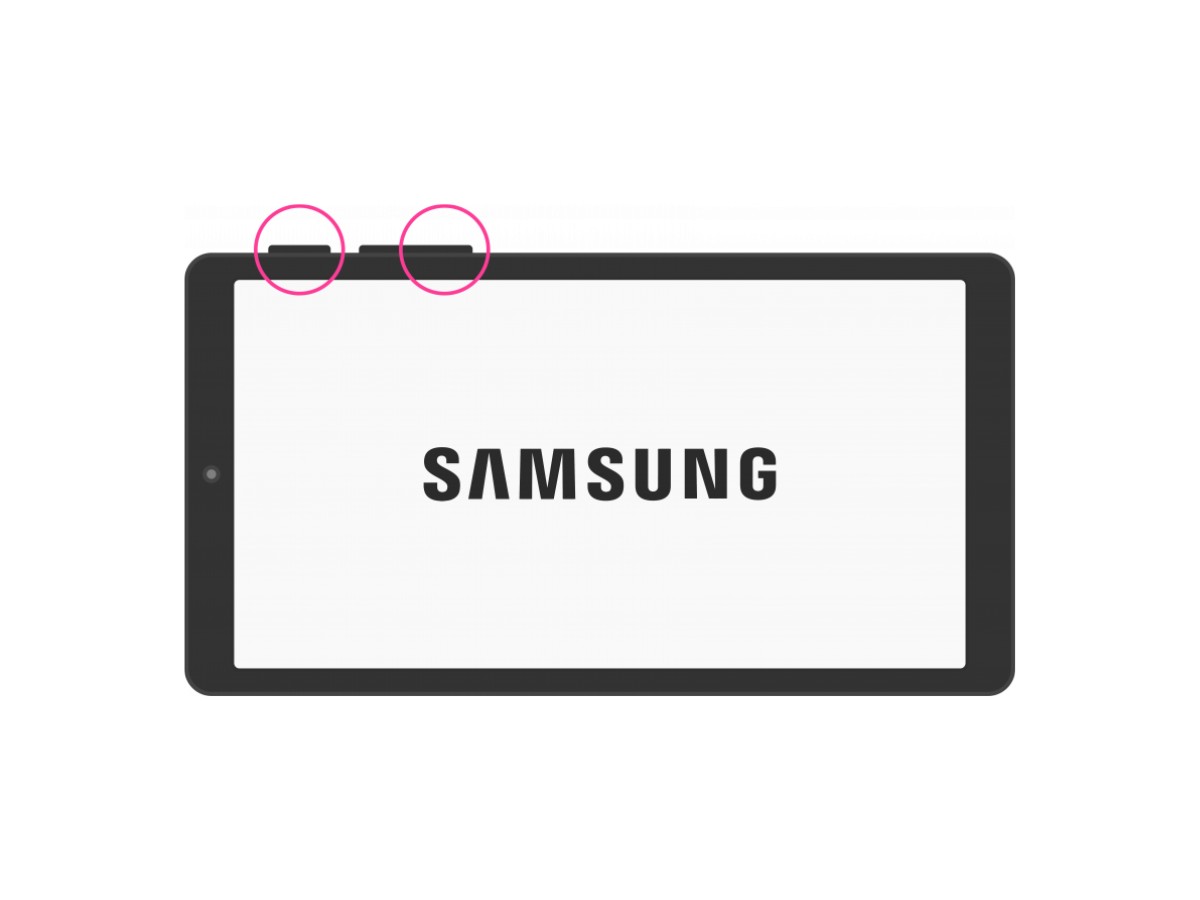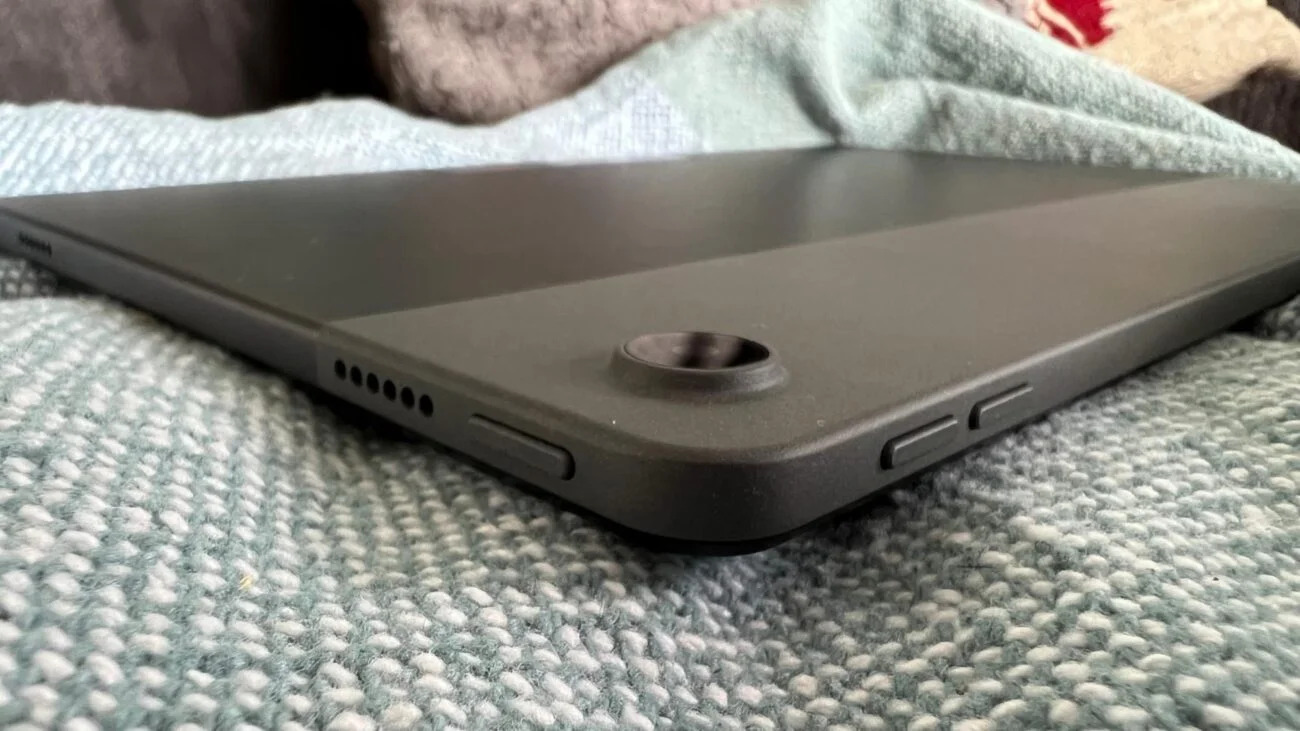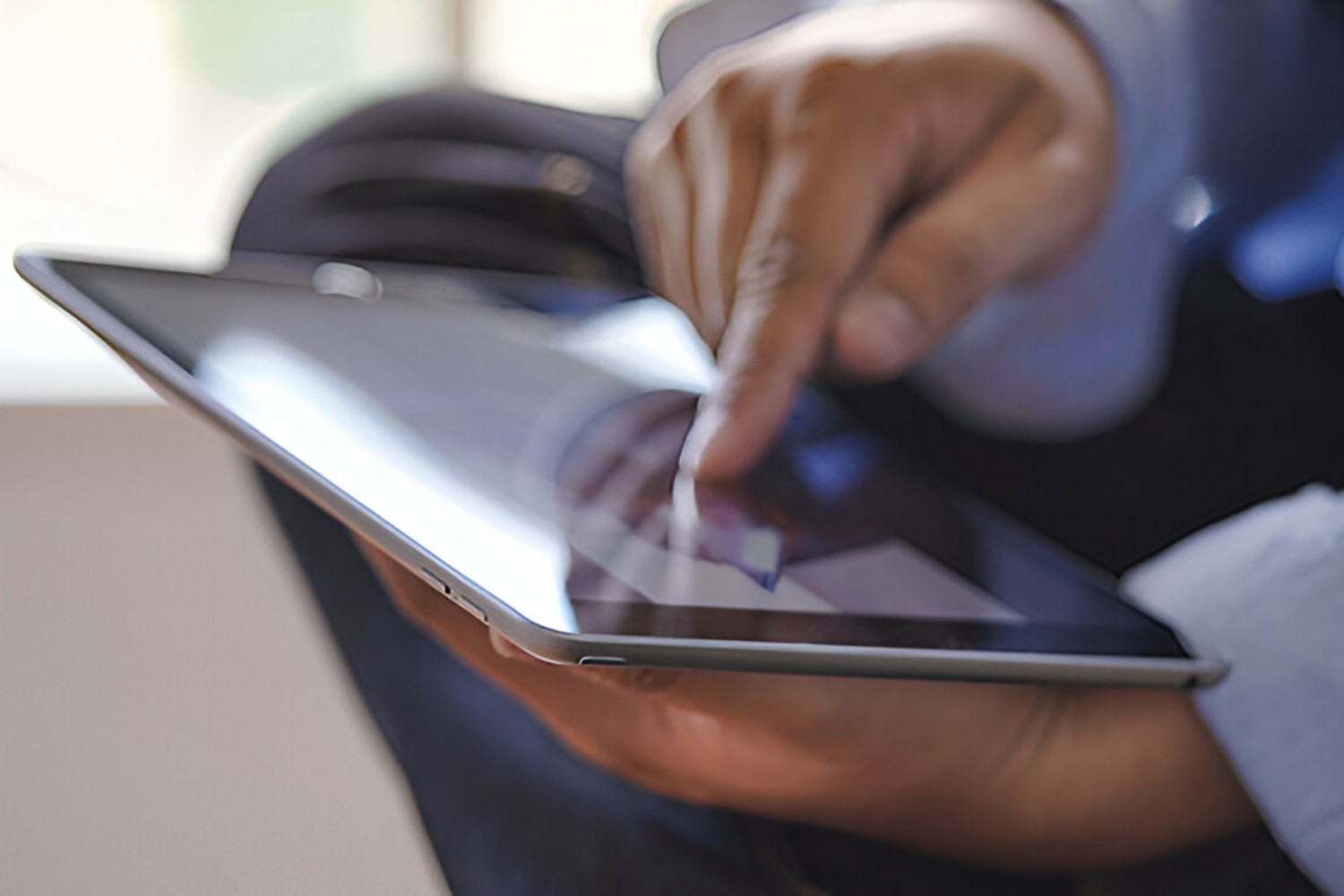Common Reasons why your Tablet is not Responding to Touch
Having trouble with your tablet not responding to touch commands? It can be frustrating when your device doesn’t function as expected, especially when you rely on it for daily tasks. There are several common reasons why your tablet might not be responding to touch, and understanding these issues can help you troubleshoot and resolve them effectively.
1. Faulty Screen Protector: If you use a screen protector on your tablet, it is possible that it may interfere with the touch sensitivity. Check if there are any scratches, dirt, or air bubbles trapped under the screen protector. If so, consider removing and replacing it with a new one to restore touch functionality.
2. Software Glitches: Like any electronic device, tablets can experience software glitches that can impact touch responsiveness. These issues can occur due to outdated software, incompatible apps, or conflicting system updates. Ensure that you have installed the latest software updates and check for any app updates or compatibility issues that could be causing the problem.
3. Unresponsive Apps: Sometimes, certain apps may freeze or become unresponsive, causing the entire tablet’s touch screen to malfunction. Try closing the app forcefully by swiping it off the recent apps list or force stopping it in the device settings. If the issue persists, uninstall the problematic app and see if the touch screen starts working properly.
4. Insufficient Storage Space: When your tablet’s storage is nearly full, it can affect its performance, including touch responsiveness. Delete unnecessary files and apps to free up storage space. Additionally, clearing the cache regularly can help improve the overall performance of your device.
5. Hardware-related Problems: Sometimes, touch screen issues may be attributed to hardware problems. It could be due to a loose connection, damaged digitizer, or faulty touch screen. If you suspect a hardware issue, it is recommended to seek professional assistance or contact the manufacturer for further guidance.
6. Physical Damage: Accidental drops, liquid spills, or impact damage can cause the touch screen to stop responding. Inspect the tablet for any visible physical damage. If you notice any cracks or damage, it is advisable to get it repaired by an authorized technician.
In many cases, one of the above reasons could be responsible for the unresponsiveness of your tablet’s touch screen. Identifying the cause can help you take appropriate steps to address the issue. If the problem persists despite troubleshooting attempts, it is best to reach out to the tablet’s manufacturer or technical support for further assistance.
Check if the Tablet Screen is Clean
One of the first things you should do when your tablet is not responding to touch is to check if the screen is clean. Over time, dirt, fingerprints, and smudges can accumulate on the screen surface, which can interfere with touch sensitivity. Follow these steps to ensure your tablet screen is clean:
1. Power off your tablet: Before cleaning the screen, it is important to turn off your tablet to avoid accidentally triggering any commands or functions.
2. Use a microfiber cloth: Gently wipe the screen surface using a soft, lint-free microfiber cloth. Avoid using rough or abrasive materials, as they can scratch the screen. Make sure to wipe in a circular motion to cover the entire screen area.
3. Remove stubborn stains: If there are stubborn stains or smudges that cannot be removed with a dry cloth, dampen the cloth with a small amount of water or screen cleaning solution specifically designed for electronic devices. Be careful not to use excessive moisture, as it can damage the device. Always check the manufacturer’s instructions for cleaning recommendations.
4. Pay attention to the edges: Ensure that you clean not just the center of the screen but also the edges, where dirt and debris can accumulate. Use gentle strokes to clean the edges, as they are more delicate and prone to damage.
5. Let the screen dry: After cleaning, allow the screen to air dry completely before turning on your tablet. This will prevent any moisture from affecting the device’s performance.
6. Check for screen protector issues: If you have a screen protector installed, inspect it for any scratches, bubbles, or misalignment. These issues can interfere with touch sensitivity. Consider removing the screen protector and testing the touch functionality without it.
Regularly cleaning your tablet screen can help maintain optimal touch responsiveness. It is a good practice to clean the screen at least once a week or as needed, depending on your usage and environmental conditions. Additionally, avoid touching the screen with dirty or greasy fingers to minimize the need for frequent cleaning.
Remember, if cleaning the screen doesn’t resolve the touch responsiveness issue, proceed to the next troubleshooting steps to identify and resolve any other potential causes.
Restart or Power Cycle your Tablet
If your tablet is not responding to touch, one of the simplest and most effective troubleshooting steps is to restart or power cycle the device. Restarting or power cycling can help resolve minor software glitches or temporary system errors that may be causing the touch screen to malfunction. Follow these steps to restart or power cycle your tablet:
1. Press and hold the power button: Locate the power button on your tablet and press and hold it for a few seconds. A power menu should appear on the screen.
2. Tap on “Restart” or “Reboot”: Depending on your tablet’s model and operating system, you may see different options on the power menu. Look for “Restart” or “Reboot” and tap on it.
3. Wait for the device to restart: Your tablet will shut down and begin the restarting process. This may take a few moments, so be patient and wait for the screen to come back on.
If the touch screen is working again after the restart, it was likely a temporary software issue that has been resolved. However, if the problem persists, you can try a more thorough power cycling process:
1. Power off your tablet: Press and hold the power button again until the power menu appears. This time, select “Power off” or “Turn off.”
2. Remove the battery (if applicable): If your tablet has a removable battery, carefully remove it from the device.
3. Press and hold the power button (without the battery): While the battery is removed, press and hold the power button for 10-15 seconds to discharge any remaining power in the device.
4. Reinsert the battery (if applicable): If you removed the battery in the previous step, carefully insert it back into the device.
5. Power on your tablet: Press and hold the power button to turn on your tablet. Wait for it to complete the boot-up process.
This more thorough power cycling process can help reset the tablet’s hardware and clear out any residual power or system errors. It is recommended to try restarting or power cycling your tablet before proceeding to other troubleshooting steps.
If the touch screen still does not respond after restarting or power cycling, move on to the next troubleshooting step to check for software updates.
Update your Tablet’s Software
Keeping your tablet’s software up to date is essential for its optimal performance, including touch responsiveness. Outdated software can cause compatibility issues and software glitches that may affect the functioning of the touch screen. Follow these steps to update your tablet’s software:
1. Check for system updates: Open the settings menu on your tablet and look for the “Software Update” or “System Update” option. Tap on it to check for any available updates.
2. Download and install updates: If updates are available, follow the on-screen instructions to download and install them. Make sure your tablet is connected to a stable Wi-Fi network and has sufficient battery power before initiating the update process.
3. Restart your tablet: After the software update is complete, it is recommended to restart your tablet to ensure the changes take effect properly.
Updating your tablet’s software can provide bug fixes, security patches, and performance improvements that may resolve touch screen issues. It is a good practice to regularly check for updates and install them as soon as they are available.
If your tablet’s software is already up to date and the touch screen problem persists, it is advisable to check for app updates as well. Outdated or incompatible apps can interfere with touch responsiveness and cause system conflicts. Open the app store on your tablet and navigate to the “Updates” section to see if any apps require updating. Install the updates and check if the touch screen behavior improves.
In some cases, installing major software updates or switching to a different operating system version may bring significant changes to the device’s performance, including touch screen responsiveness. If you have recently updated your tablet’s software and noticed touch screen issues, you can check online forums or the tablet manufacturer’s support website for any reported compatibility issues or workarounds specific to the software version you are using.
Updating your tablet’s software is a crucial troubleshooting step that should not be overlooked. It can often resolve touch screen problems and ensure that your tablet operates smoothly and efficiently.
Check for Hardware Issues
If your tablet is still not responding to touch after trying the previous troubleshooting steps, it’s important to check for potential hardware issues. Hardware problems can affect the touch screen’s functionality and require professional assistance or repairs. Here are some steps you can take to investigate hardware-related causes:
1. Inspect the screen for physical damage: Carefully examine the tablet’s screen for any visible cracks, scratches, or other damage. Physical damage can interfere with touch sensitivity and may require screen replacement or professional repair.
2. Perform a touch screen test: Some tablets have built-in diagnostic tools to check the touch screen’s responsiveness. Go to the device’s settings or search online for specific instructions on accessing the touch screen diagnostic test. Follow the prompts and perform the test to identify any issues with the touch functionality.
3. Check for loose connections: In some cases, touch screen issues can be caused by loose connections inside the tablet. If you’re comfortable doing so, you can open up the tablet following the manufacturer’s instructions and carefully check the internal connections. Make sure all cables and connectors are securely connected and free from dust or debris.
4. Seek professional assistance: If you’re unable to identify or fix any hardware issues on your own, it is recommended to seek professional help. Contact the tablet manufacturer’s support team or bring your device to an authorized service center for expert diagnosis and repair.
It’s important to note that attempting to fix hardware issues on your own, especially if you’re not experienced, can potentially cause more damage to your tablet. Therefore, it’s best to seek professional assistance for hardware-related problems.
In some cases, if your tablet is still under warranty, the manufacturer may repair or replace the device if the issue is determined to be a hardware fault. Check the warranty terms and contact the manufacturer for further guidance.
Checking for hardware issues is a crucial step in troubleshooting touch screen problems. By identifying and addressing hardware-related causes, you can ensure the optimal functioning of your tablet’s touch screen and prevent any further damage to the device.
Perform a Factory Reset
If you have exhausted all other troubleshooting options and your tablet is still not responding to touch, performing a factory reset may be necessary. A factory reset will restore your tablet to its original settings, effectively wiping all data and configurations. This step should only be taken as a last resort, as it will erase all personal information and data on your device. Here’s how to perform a factory reset:
1. Back up your data: Before proceeding with a factory reset, it is crucial to back up any important data, files, or settings on your tablet. You can use cloud storage, an external storage device, or transfer the data to a computer for safekeeping.
2. Access the factory reset option: The process to access the factory reset option may vary depending on your tablet’s make and model. Typically, you can find it in the device’s settings menu under “Backup & Reset” or “System” settings. Look for an option like “Factory Reset,” “Reset Device,” or “Erase All Data.”
3. Confirm the reset: Once you have located the factory reset option, carefully read any warnings or instructions provided. Confirm your decision to proceed with the reset, acknowledging that all data will be erased from your device.
4. Wait for the reset to complete: After initiating the factory reset, your tablet will go through a process of erasing all data and resetting to its original state. This may take a few minutes, so be patient and allow the reset to complete without interruption.
5. Set up your tablet: Once the factory reset is complete, your tablet will reboot and prompt you to set it up as if it were brand new. Follow the on-screen instructions to select your language, connect to Wi-Fi, and complete the initial setup process.
Performing a factory reset can often resolve persistent touch screen issues by clearing any software glitches or conflicts that may be causing the problem. However, it is important to note that a factory reset should be a last resort and should only be done after backing up all important data.
If the touch screen issue persists even after a factory reset, it is recommended to contact the manufacturer’s support team or seek professional assistance for further troubleshooting and potential repairs.
Contact Manufacturer or Technical Support
If your tablet is still unresponsive to touch after trying all the previous troubleshooting steps, it may be time to reach out to the tablet’s manufacturer or technical support for further assistance. Here’s what you can do:
1. Review warranty information: Check if your tablet is still under warranty. Most manufacturers provide a limited warranty that covers hardware defects and malfunctions. Review the warranty terms and conditions to determine if your issue qualifies for repair or replacement.
2. Gather necessary information: Before contacting the manufacturer or technical support, gather relevant information about your tablet, including the make, model, and serial number. This information can help the support team understand your device’s specifications and troubleshoot more effectively.
3. Visit the manufacturer’s website: Most manufacturers have a dedicated support section on their website. Look for the “Support” or “Contact Us” page to find resources such as FAQs, user manuals, and troubleshooting guides. It’s worth checking these resources before contacting support as they may have solutions specific to your tablet model.
4. Contact customer support: If you haven’t found a solution through online resources, reach out to the manufacturer’s customer support via phone, email, or live chat. Explain the issue you are experiencing with your tablet and provide them with the necessary details. They will guide you through potential solutions or advise you on the next steps to resolve the problem.
5. Follow manufacturer’s instructions: The support team will provide you with specific instructions based on your tablet’s model and the nature of the problem. Follow their guidance carefully and provide any requested information or perform any suggested troubleshooting steps.
6. Consider professional repair: In some cases, the manufacturer may recommend sending your tablet in for repair or direct you to an authorized service center. If your device is no longer under warranty, you may have to cover the repair costs. Evaluate the options provided and make an informed decision based on the potential repair cost versus purchasing a new tablet.
Contacting the manufacturer or technical support is an important step when all other troubleshooting attempts have been unsuccessful. Their expertise and resources can provide valuable assistance in resolving the touch screen issue with your tablet.
Remember to be patient and provide clear and accurate information to the support team. With their help, you can determine the best course of action to return your tablet to its optimal functioning state.







